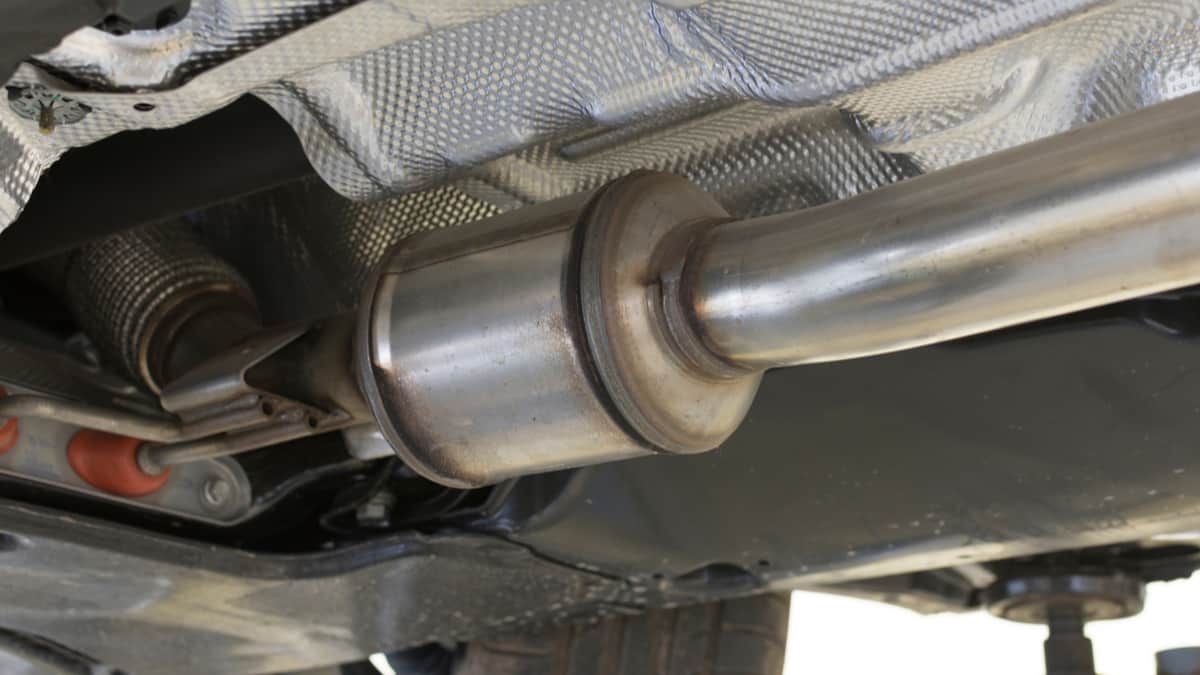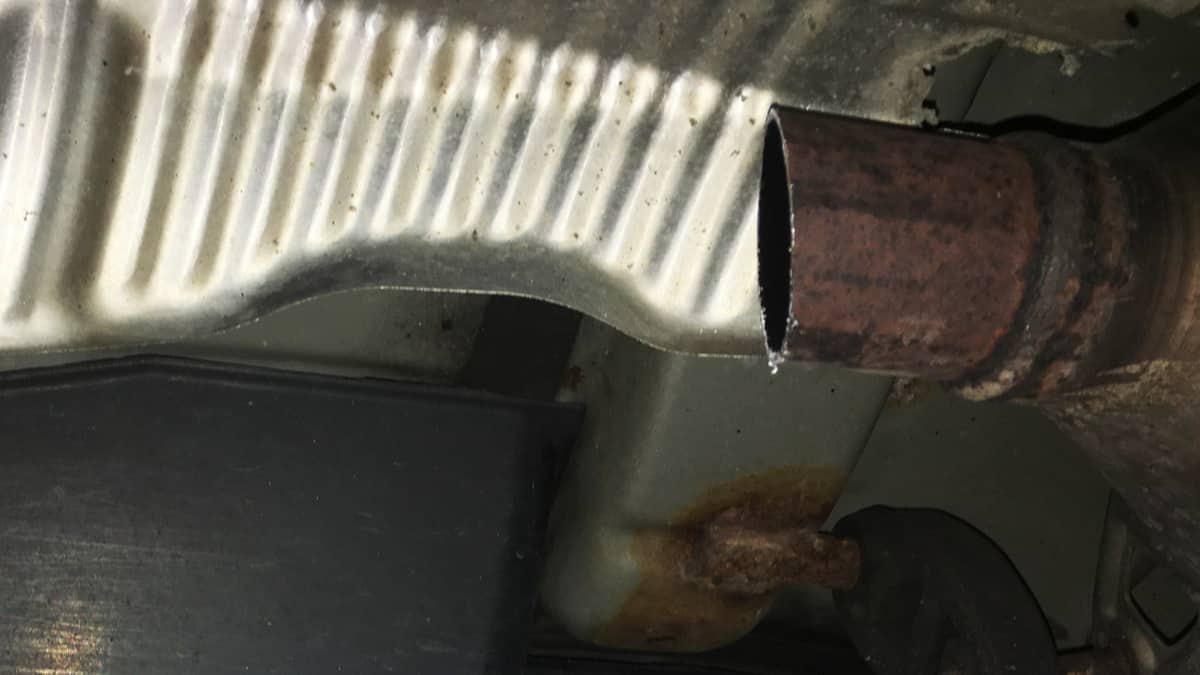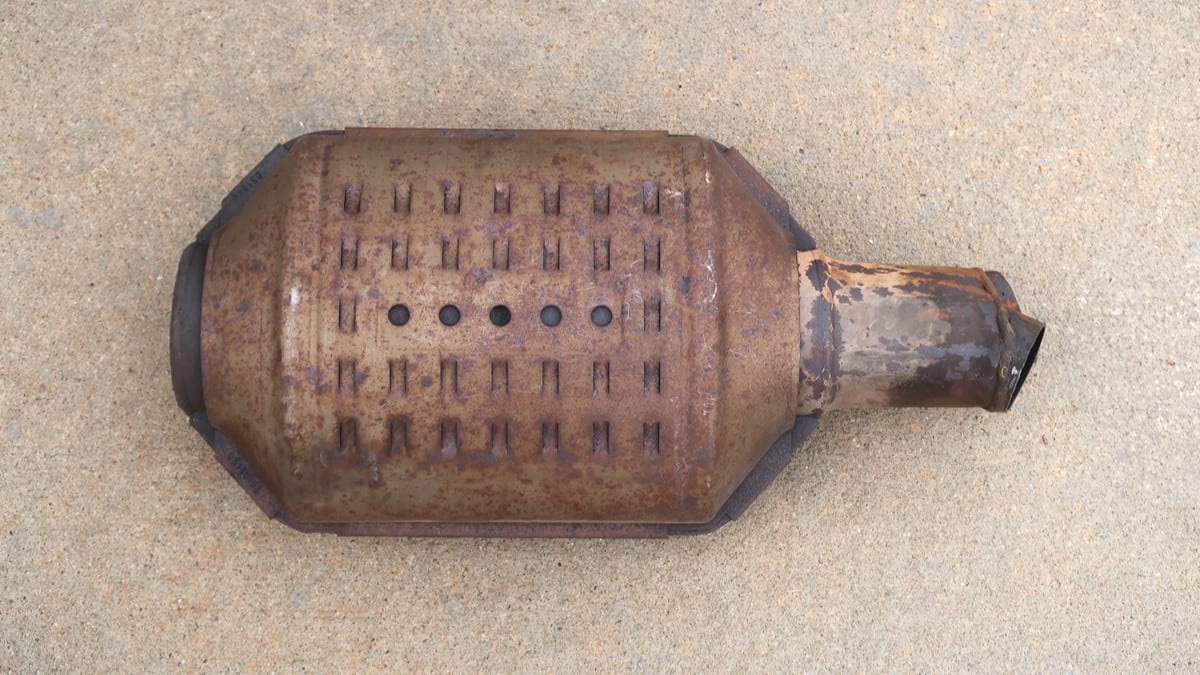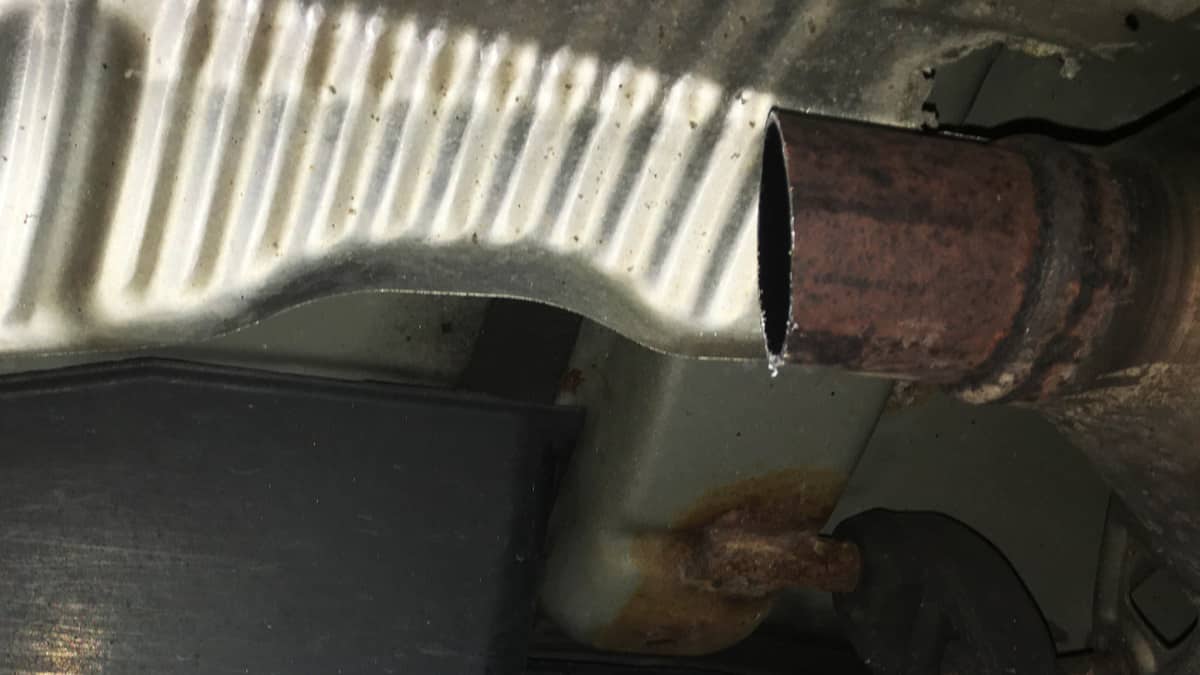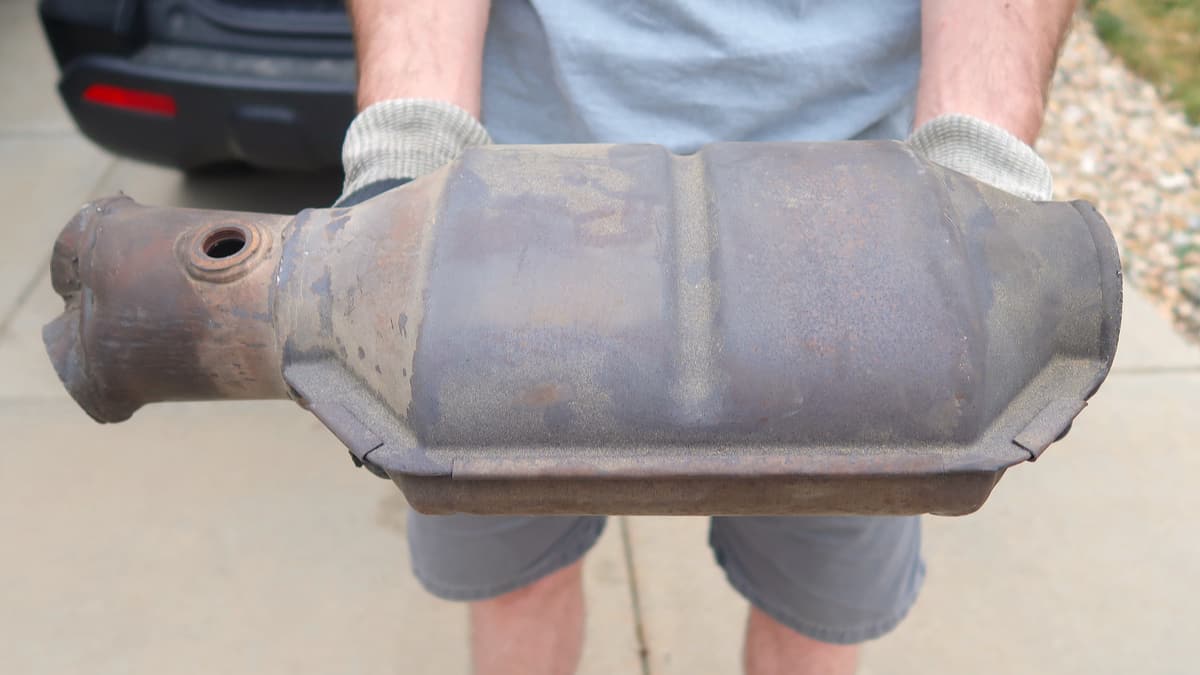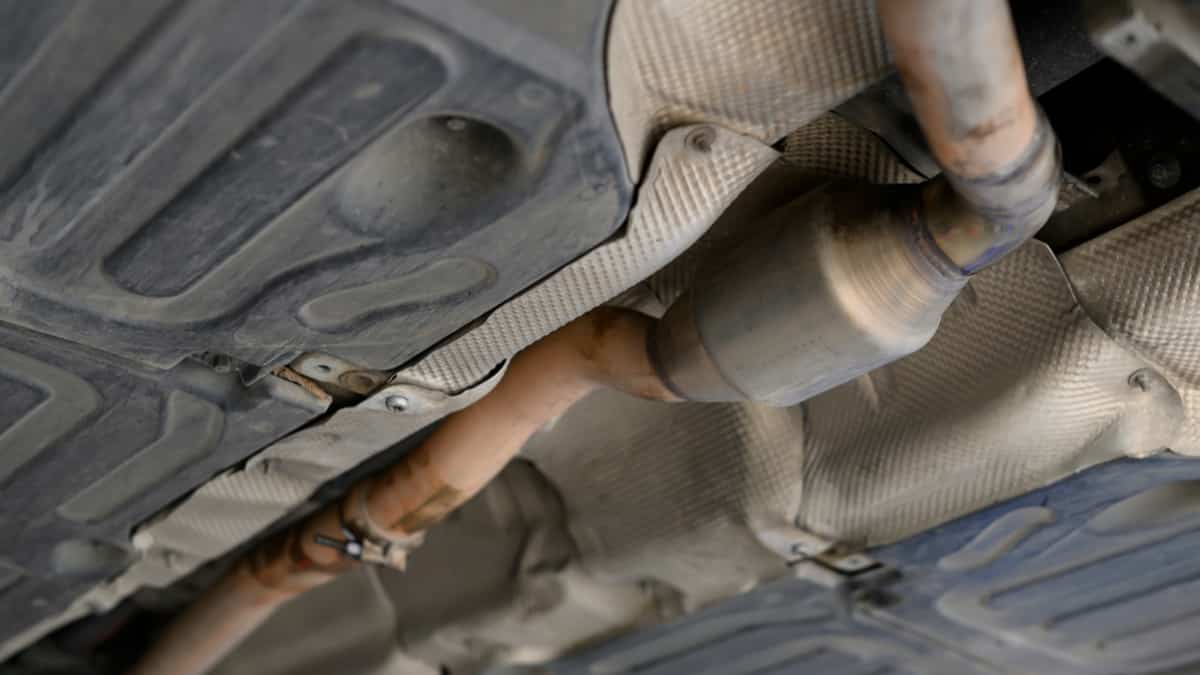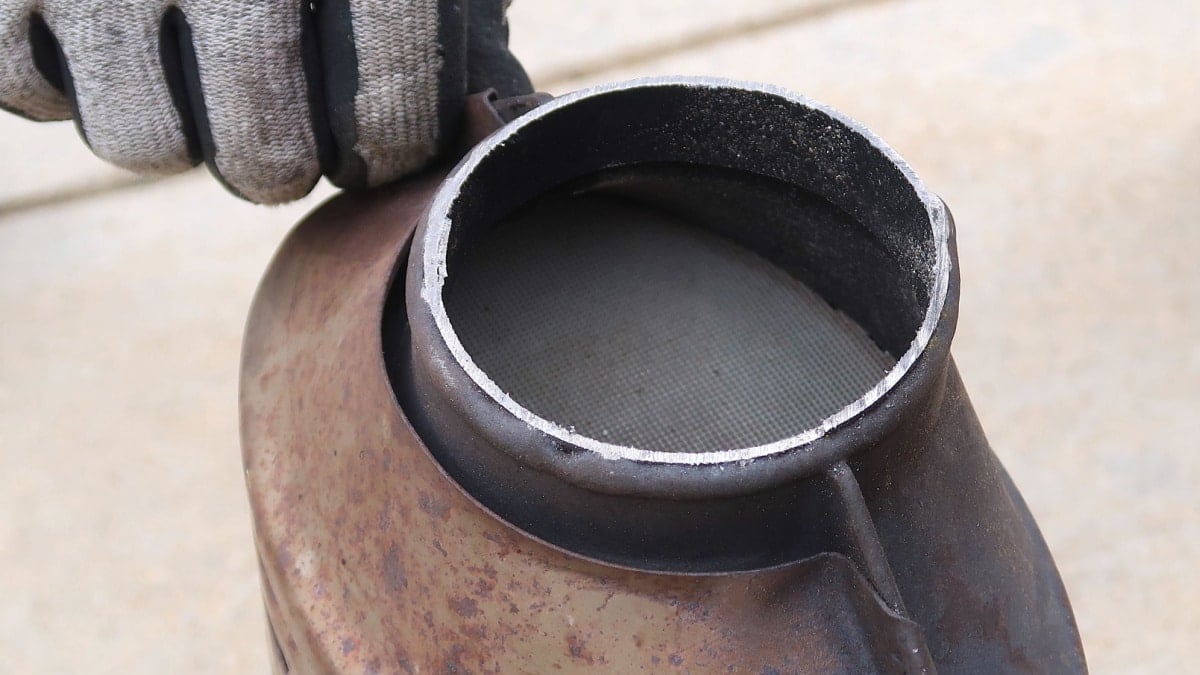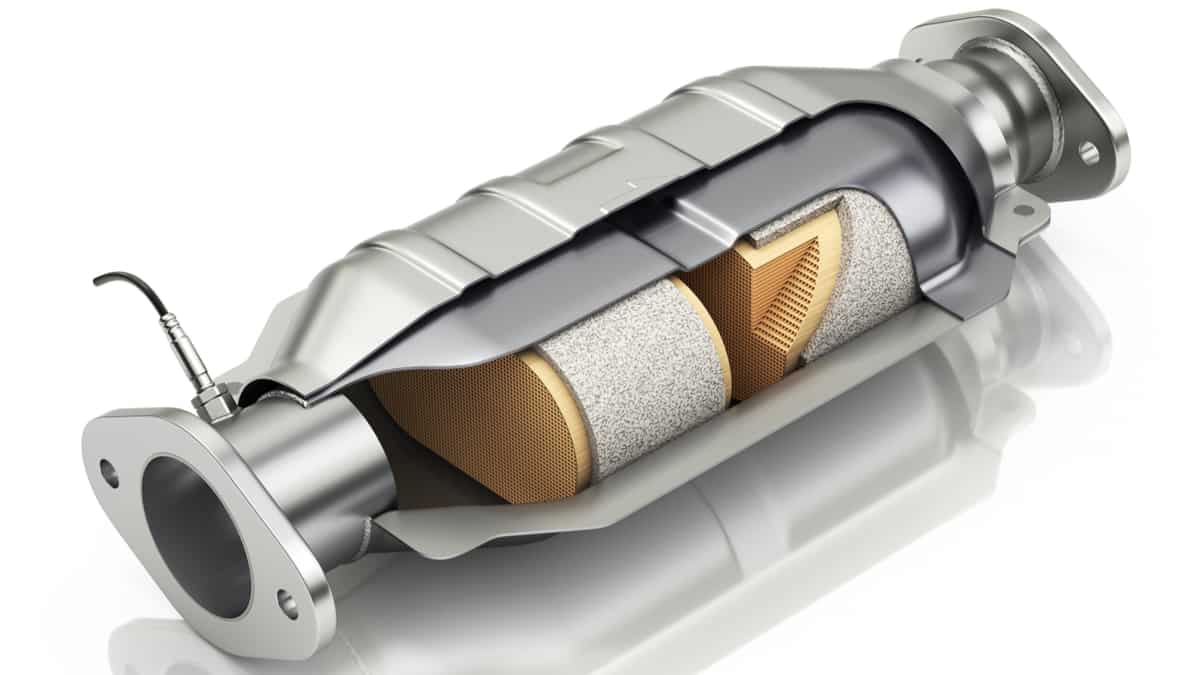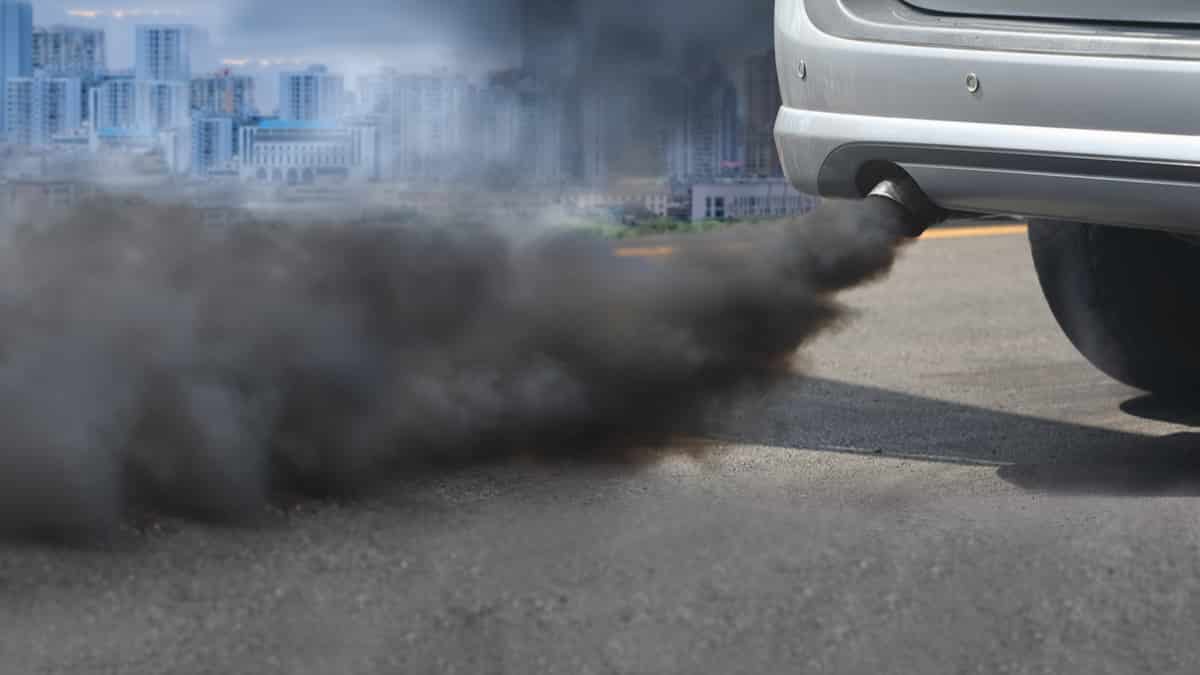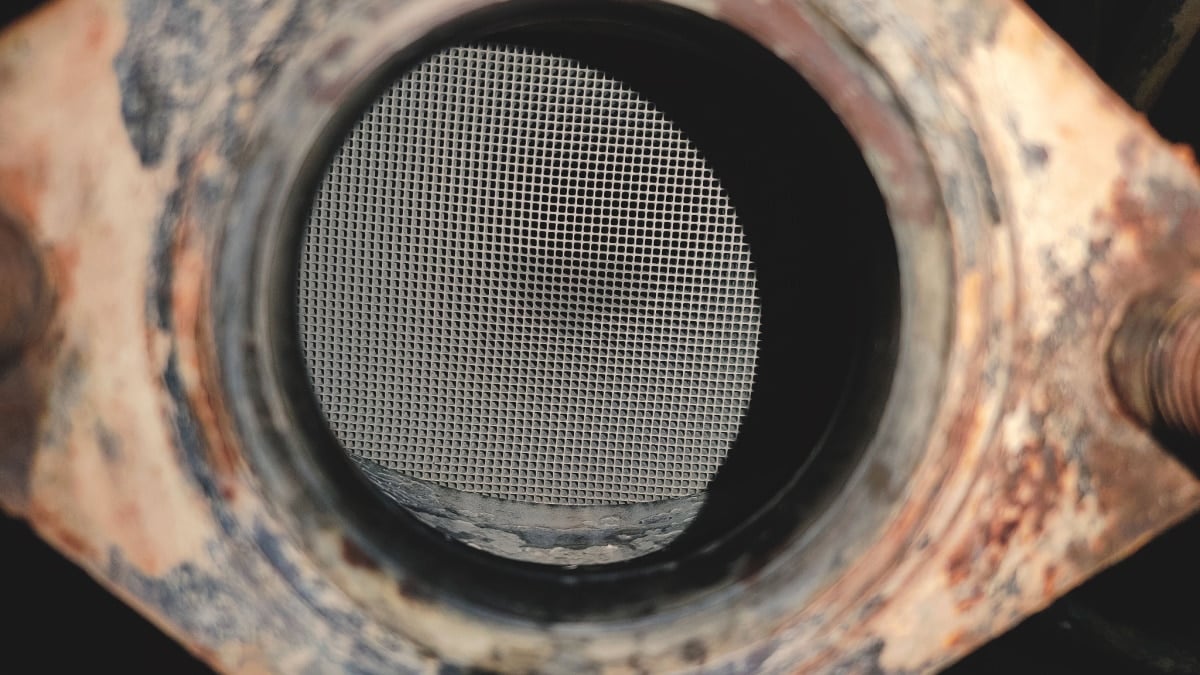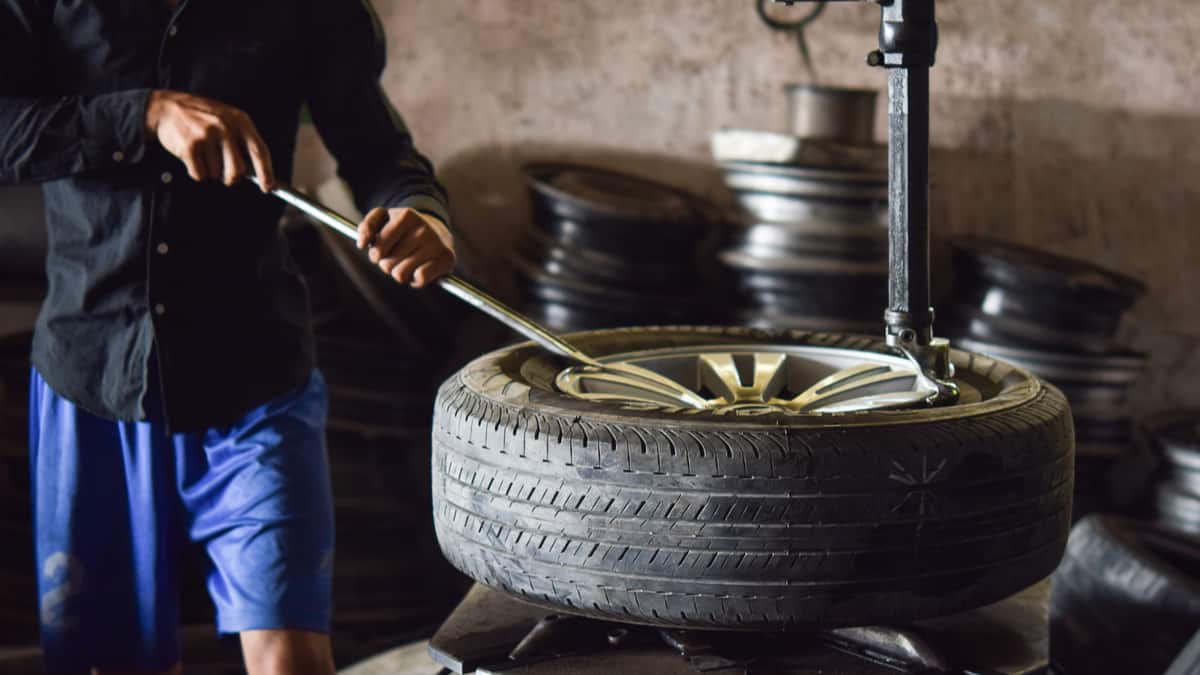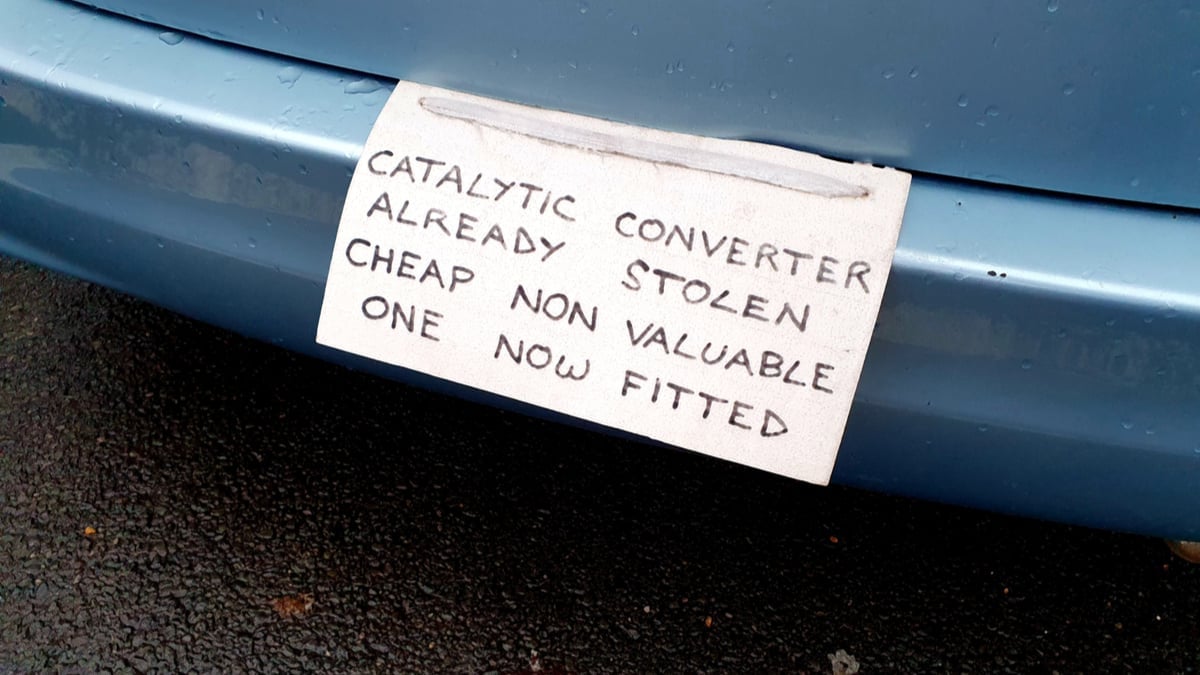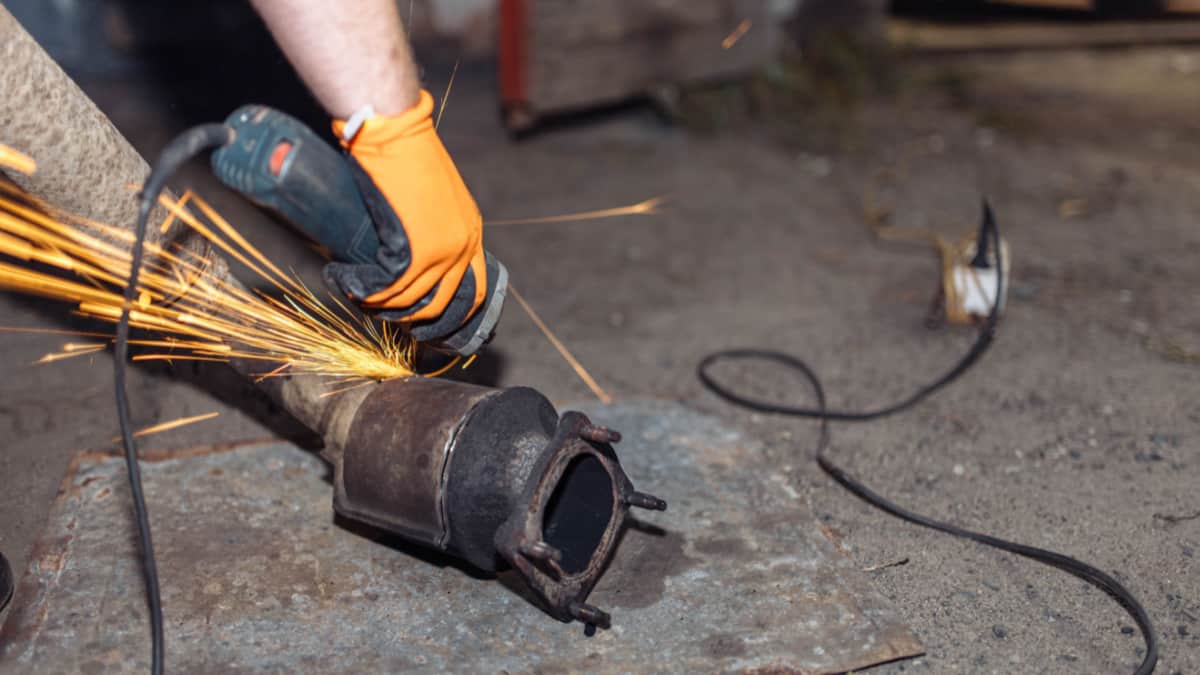Are you struggling with the P0420 code and want to clean your catalytic converter, but realize that it’s a lot of work to remove the catalytic converter, and you want to do it without removing it?
This article is for you. We will discuss how to remove the catalytic converter without removing it from your car to get the best results. You might save a lot of money by doing this!
If you want to learn more about the P0420 code before cleaning it, you can check our article about it here: P0420 code.
Things to consider before starting
There are some things that you have to consider before trying to clean your catalytic converter. In a lot of cases, the parts inside the catalytic converter will become loose. If this is the case, you can’t repair your catalytic converter without removing and replacing it.
1. Too clogged
If your catalytic converter is so clogged that the engine will not run, you have to remove the catalytic converter and either use special tools or replace the whole catalytic converter.
2. Check/listen for loose parts
You can take a rubber hammer and hit your catalytic converter carefully and listen to ascertain if there seem to be any loose parts inside it. If you can hear loose parts, I recommend removing and inspecting the catalytic converter because the loose parts could come even looser and completely clog your exhaust pipe, which may cause your vehicle to stop while driving.
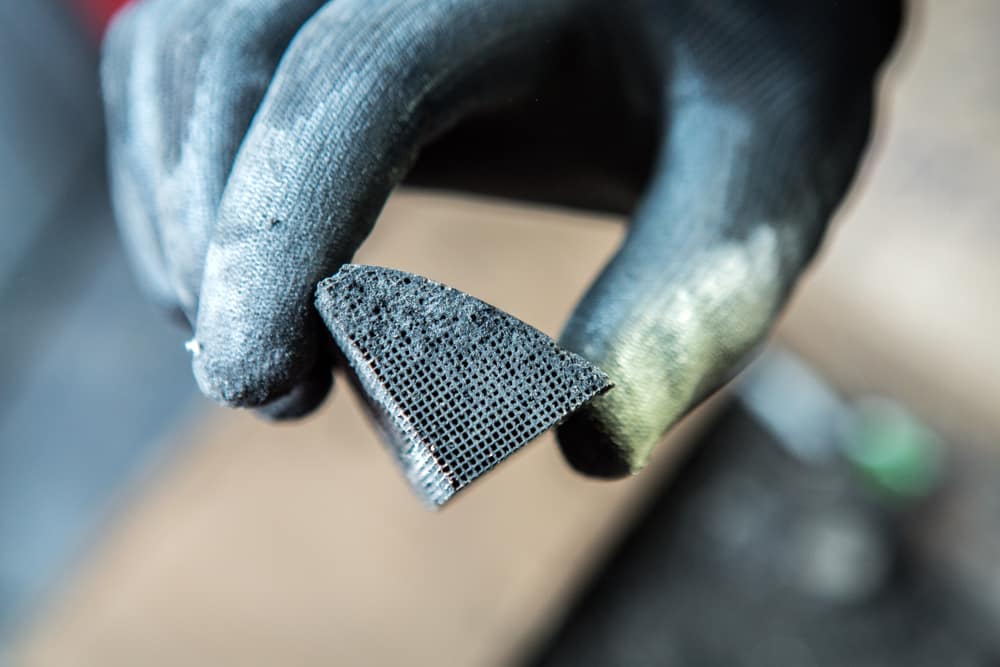
3. Purified catalyst
Remember that your catalytic converter may have been cleaned inside, and the parts inside it may have blown out from the exhaust pipe. This can be tough to see without removing it. If you suspect this is the case, you should remove the catalytic converter and check it.
4. Oil consumption
Your catalytic converter may have gotten clogged due to excessive internal oil consumption, caused by oil entering the cylinders and getting combusted and burned inside the hot catalytic converter.
If this is the case, you should always repair the internal oil leak before proceeding, as it may only work for a short time until the catalytic converter is clogged again. Common symptoms of an internal oil leak are clogged crankcase ventilation, broken valve seals, or piston rings. Always check the crankcase ventilation first.
How to Clean A Catalytic Converter Without Removing It
Step 1. Get Oxicat Catalytic converter cleaner
You can find more of these products in our guide: Best Catalytic Converter Cleaners. You tap it into your fuel tank, and it does not matter if you have a gas, diesel, or hybrid car. This will help clean the catalytic converter; it will also clean your O2 sensors and the whole exhaust system.
Remember that this product will not repair mechanical faults inside your catalytic converter if it’s cracked, broken, or too clogged. This is a cleaner for a slightly clogged catalytic converter that has lost its power due to time.
Of course, you can also use other brands of catalytic cleaners, but this one has worked best for me so far.
Step 2. Pour the Catalytic converter cleaner into the fuel tank.
Step 3. Take your car for a drive
Always keep an eye on the coolant temperature though to make sure that you are not overheating the car.
The Oxicat did not work for me, what to do now?
If you tried the Oxicat catalytic converter cleaner but the problem still persists, there is not much more to do than remove the catalytic converter to inspect it and ensure it looks okay. Remember that there can be other causes of the P0420 trouble code like faulty O2 sensors or exhaust leaks and the problem may not be in your catalytic converter.
Removing the catalytic converter is often quite easy on most cars if you can get the rusty bolts loose. In some cars, the catalytic converters are installed directly on the turbocharger, and in these cases, the removal of the catalytic converter may be more difficult.
If you still think your catalytic converter is clogged and looks okay while inspecting it, you can try cleaning it in a bath with water and lacquer thinner. This does sometimes work, and it may save you some money.
If you tried both the Oxicat cleaner and lacquer thinner, and you can not see any visual signs of damages, but the problem still insists, you have no option other than to replace the catalytic converter.
You should also check for other problems. It might not be the catalytic converter that is causing your problem.
Catalytic converters are often expensive, and this is because there are noble metals inside them that cost a lot to produce.
Does premium gas clean a catalytic converter?
While premium gas likely won’t clean your catalytic converter, it can prevent it from becoming clogged in the first place. However, there are many reasons why a catalytic converter can become clogged, so it does not necessarily have to do with the fuel.
Can you drive with a clogged catalytic converter?
Driving with a clogged catalytic converter is not recommended, and it depends on how clogged it is. A clogged catalytic converter will make your car run poorly and will increase your emissions. If you suspect your catalytic converter is clogged, take your car to a mechanic for a checkup. Driving with a clogged catalytic converter can also cause severe damage to other parts of the engine.
What is the best way to clean a catalytic converter?
The best way to clean a catalytic converter is to remove it from the vehicle and use a special machine to clean it with a good cleaning fluid. However, these are very expensive and are for commercial use.
Is it better to clean or replace the catalytic converter?
Replacing the catalytic converter with a new one is definitely the best way to avoid problems in the future. However, catalytic converters can be very expensive and therefore may not be the best solution for you. Cleaning a catalytic converter is a much cheaper solution.
Catalytic converter cleaners are a great way to clean your converter without removing it if it is only slightly clogged. These cleaners can be found at most auto parts stores, and they require no special skills or knowledge to use. Just follow the instructions on the back of the product, and you’ll be cleaning your converter in no time.
However, if your catalytic converter is heavily clogged or damaged, no additive or product will clean it. Sometimes,there is no other option but to replace the catalytic converter.
Learn more:
- How Much Does a Catalytic Converter Replacement Cost?
- Catalytic Converter Delete – Pros and Cons
- Can You Drive Without A Catalytic Converter?
Categories: Cleaning & Detailing, Engine, Exhaust, Guides
